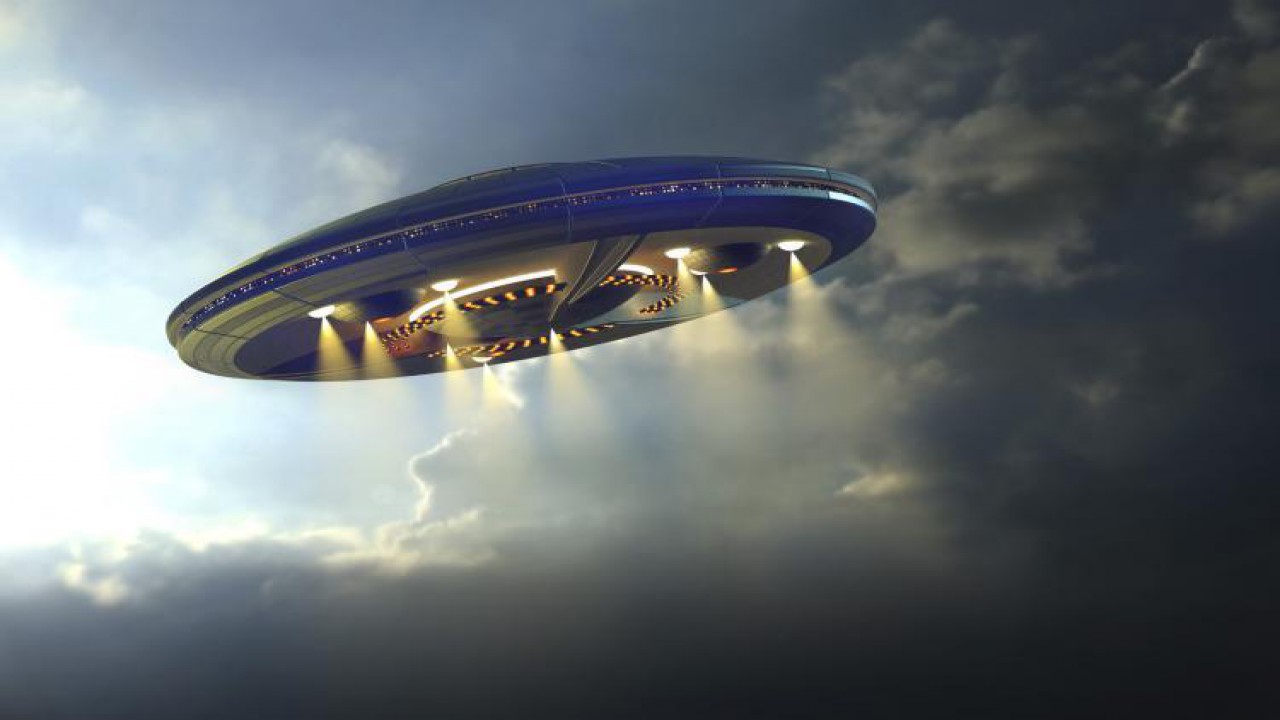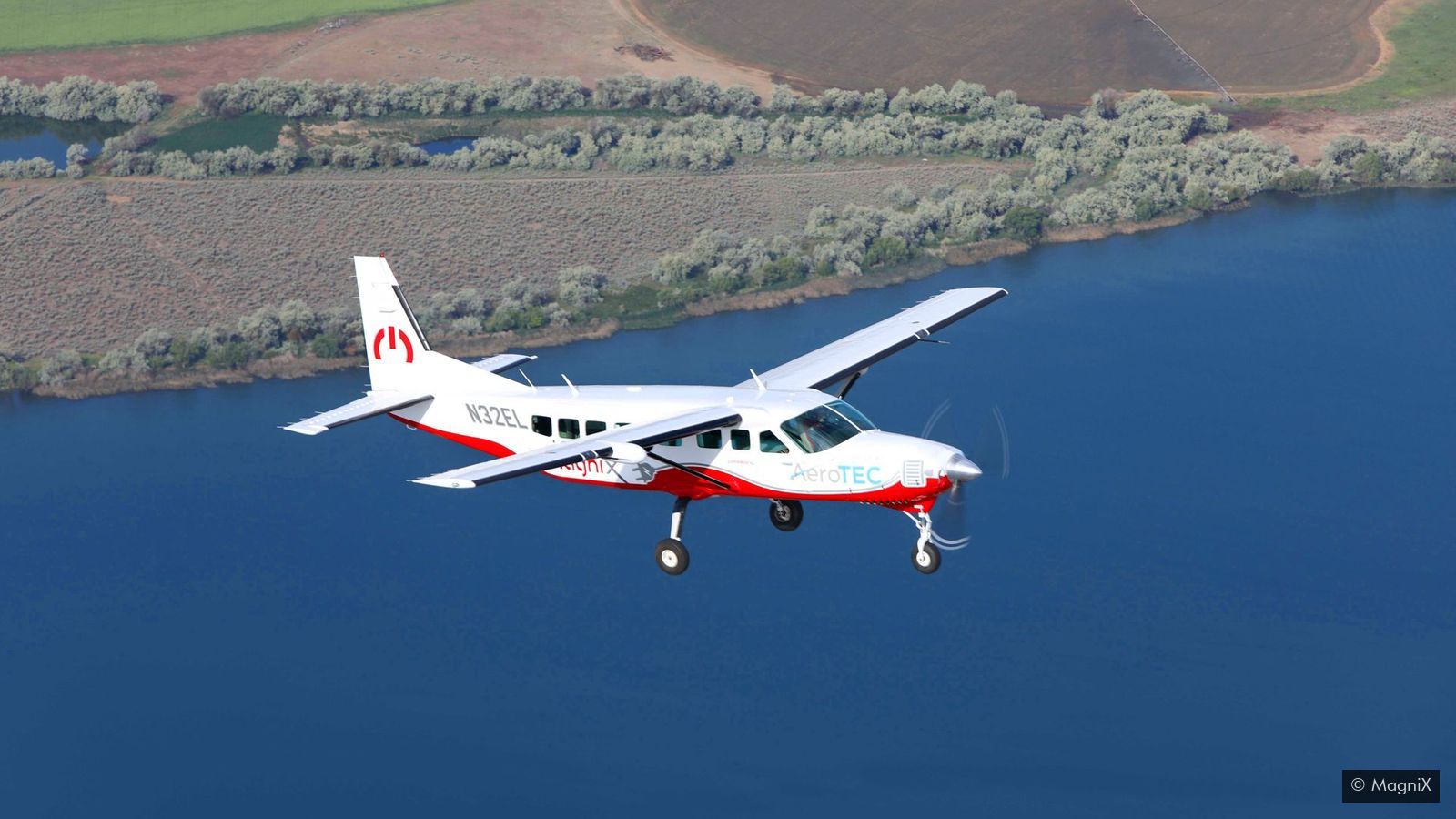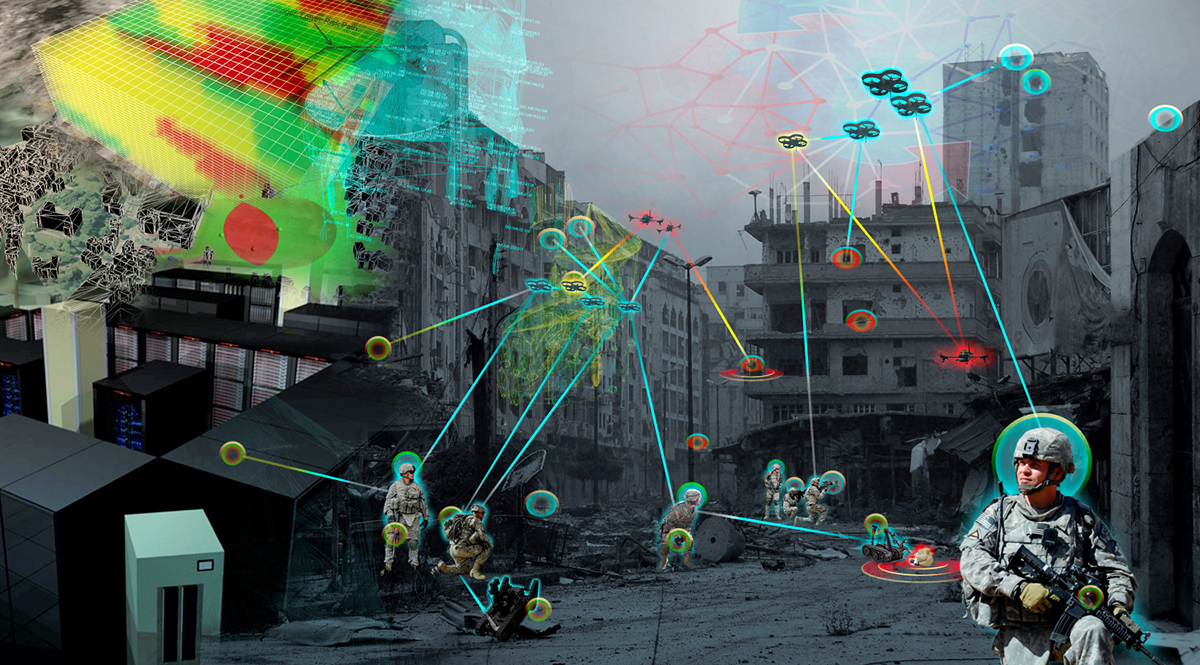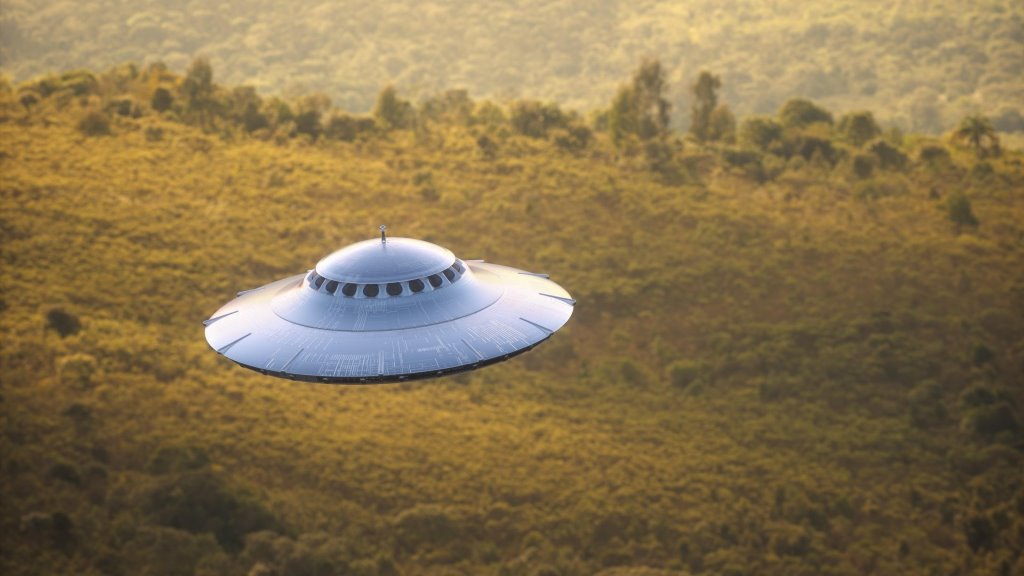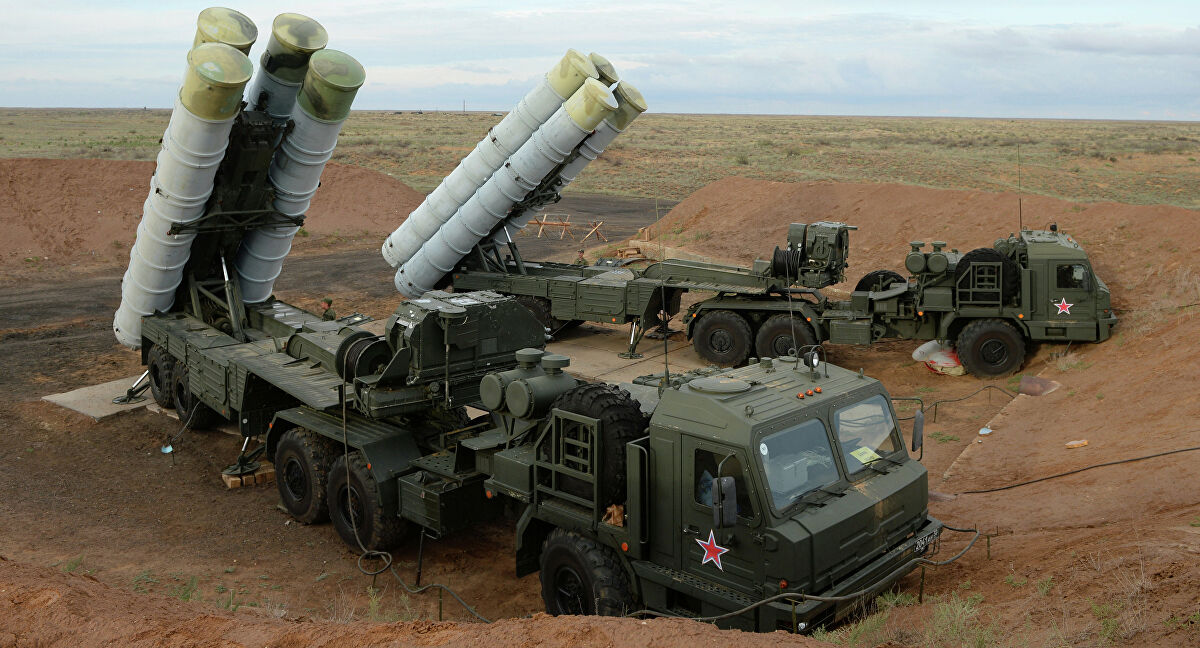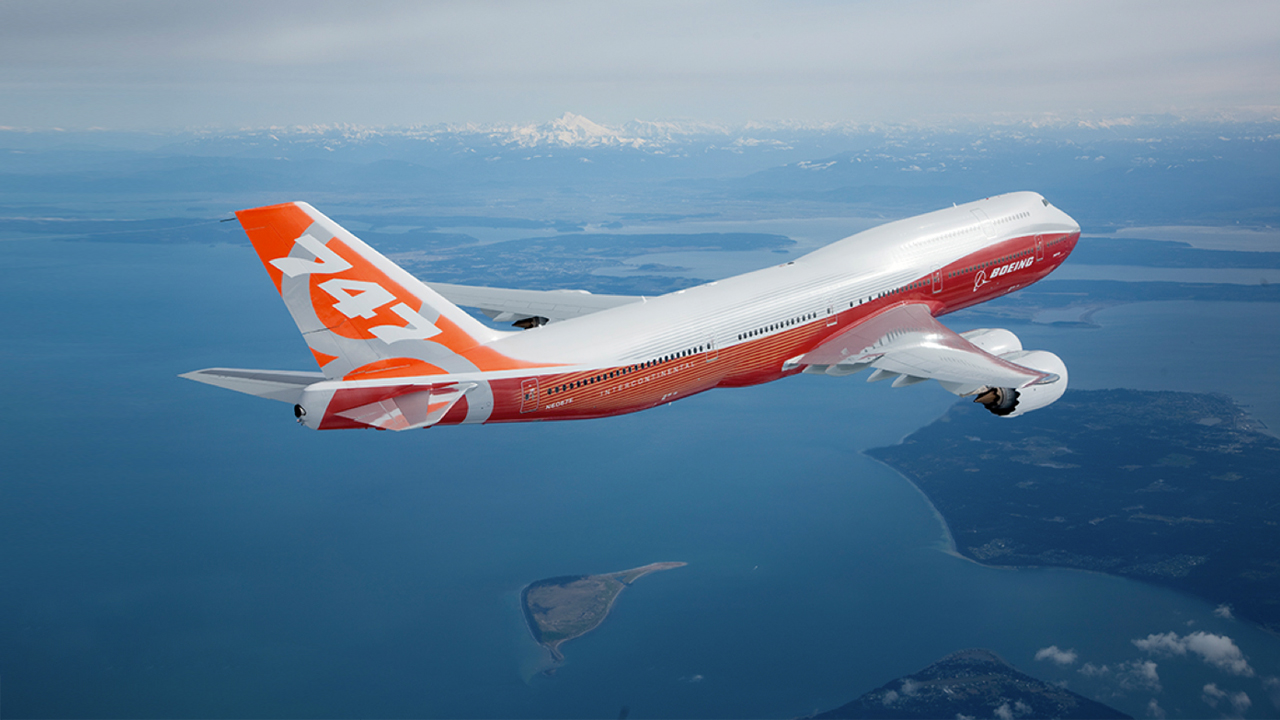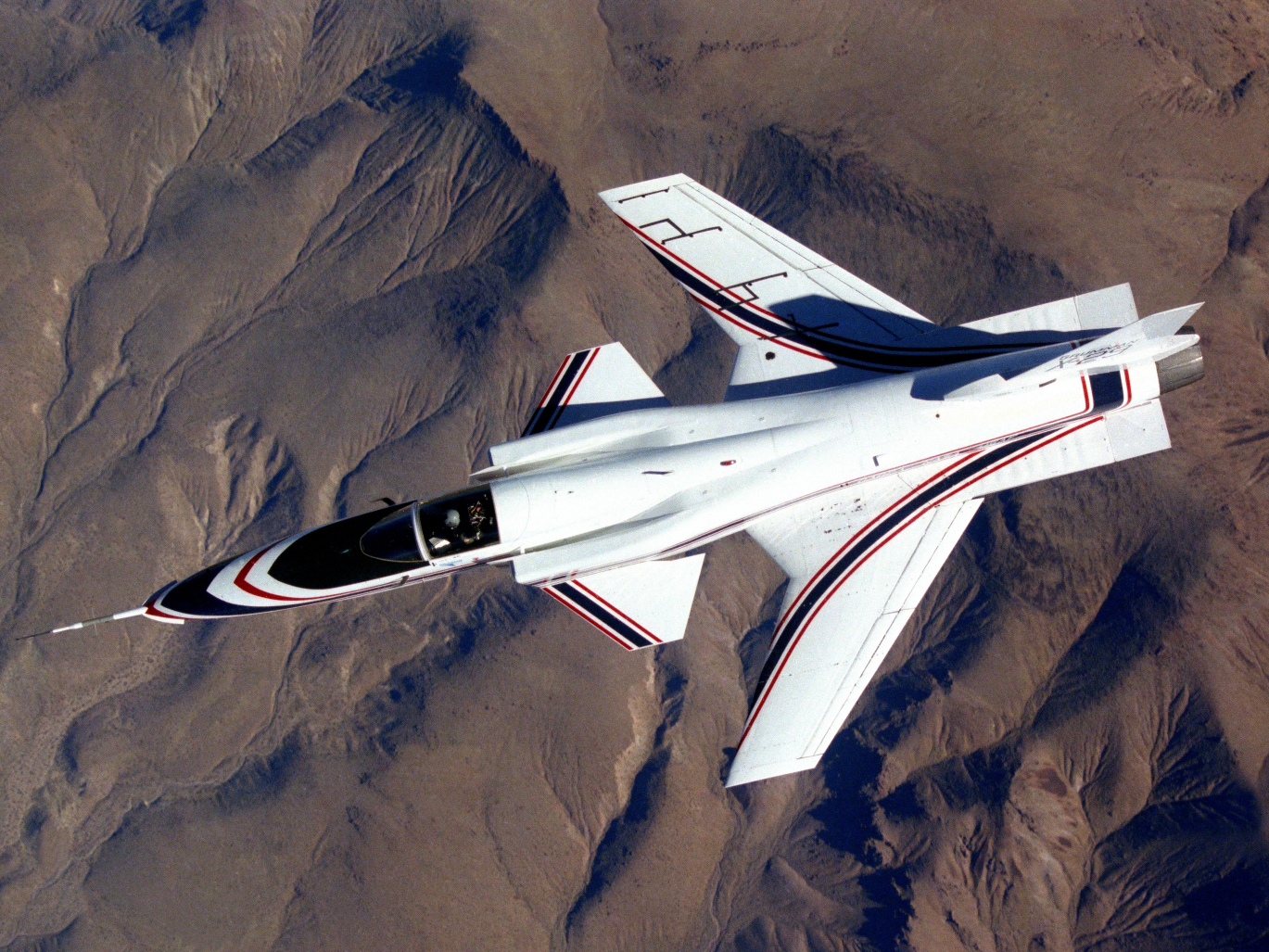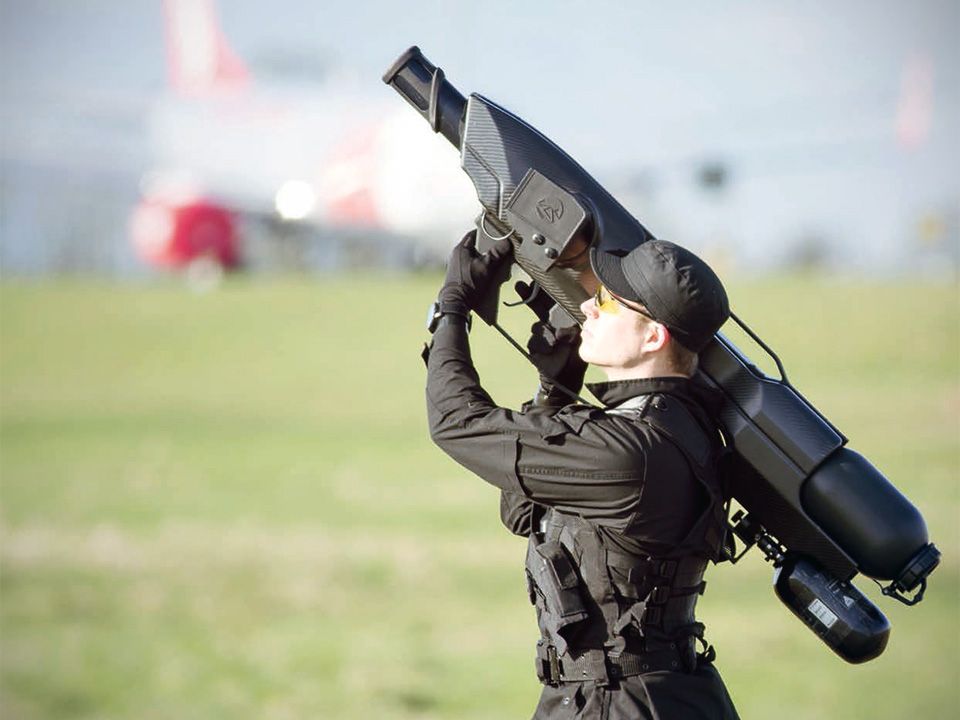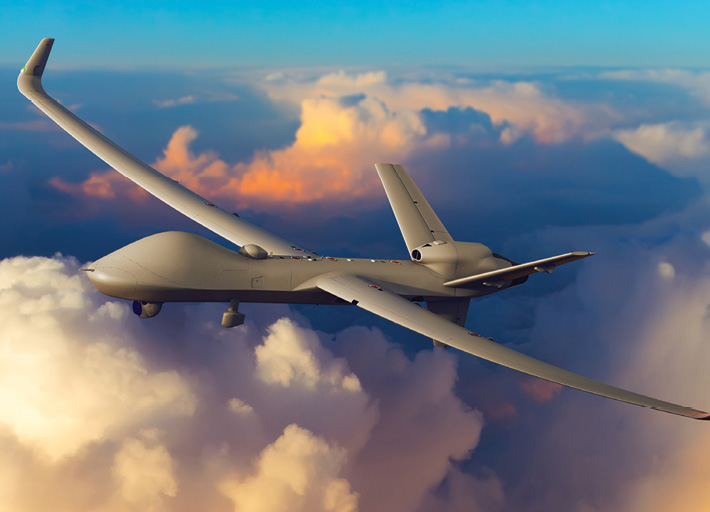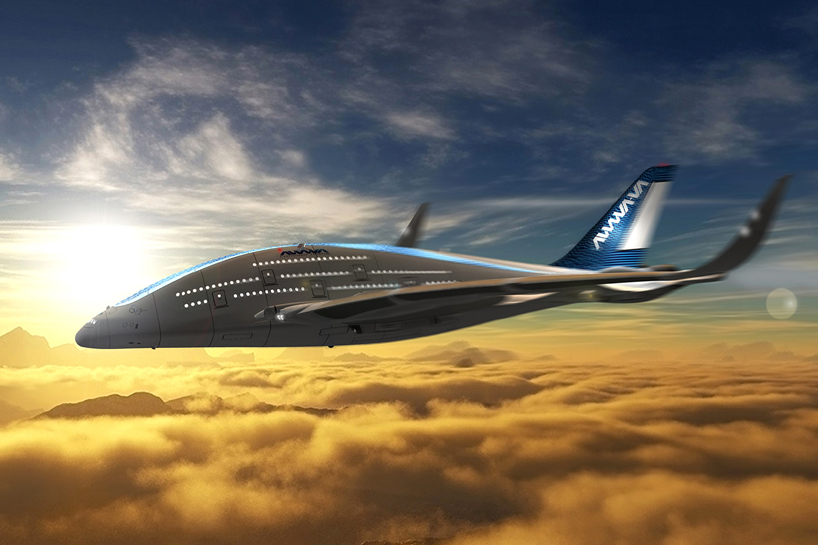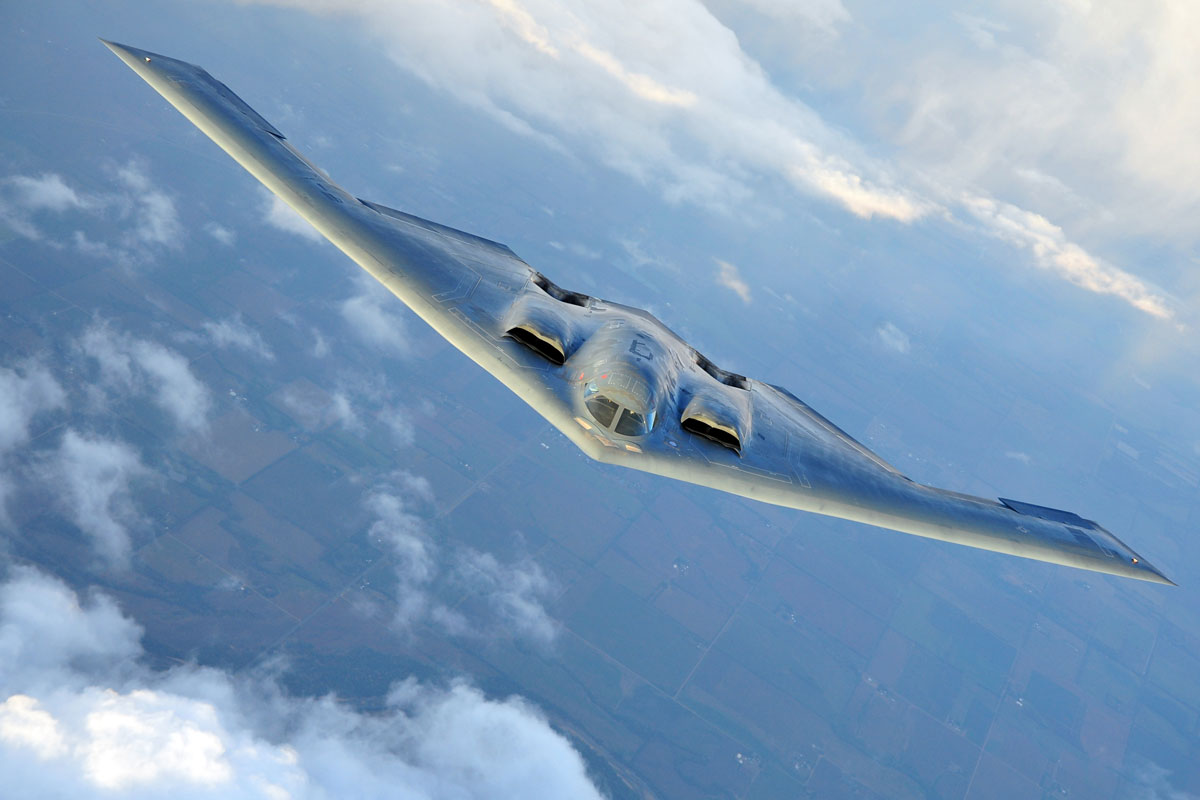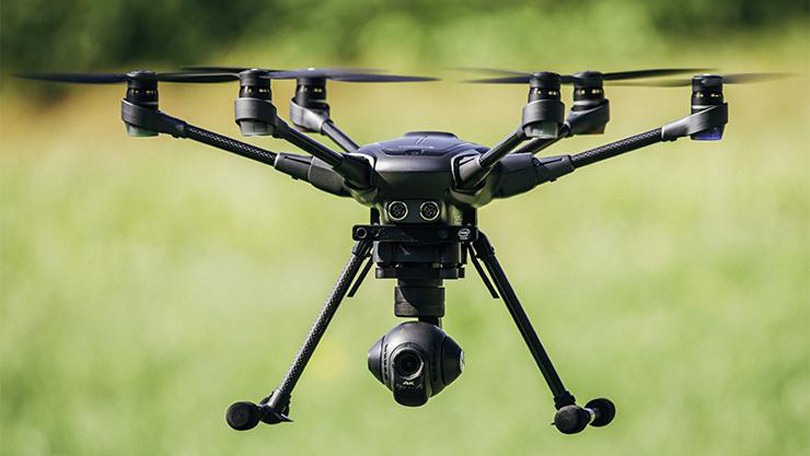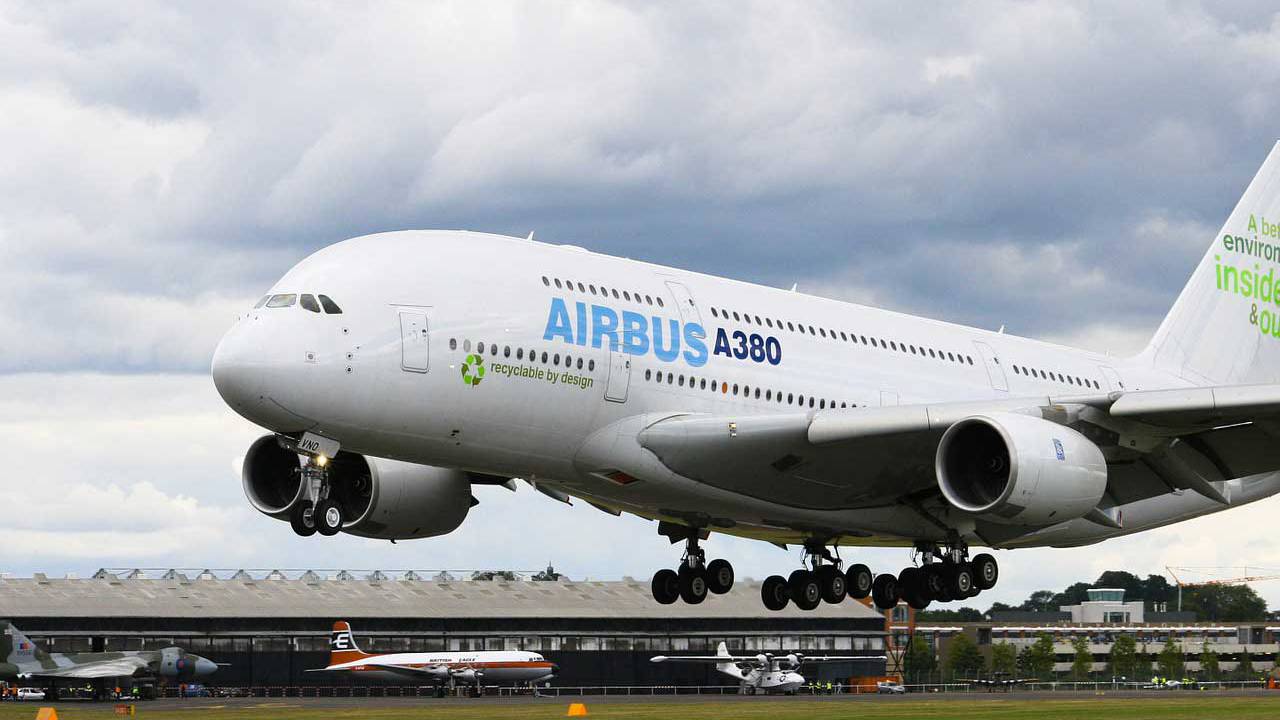Electric aviation has reached a symbolic milestone. While conventional aircraft powered by jet fuel will continue to dominate global air travel for decades, recent breakthroughs show that electricity is no longer confined to small experimental aircraft or short demonstration hops. Engineers, regulators, and manufacturers are now testing whether electric propulsion can move beyond novelty and into practical aviation roles.
At a large airfield surrounded by farmland in central Washington State, an electric aircraft recently achieved something no other had done before. A modified commercial airplane lifted off and flew using electricity alone, marking the largest electric aircraft ever to take to the sky. For half an hour, the plane flew above Grant County International Airport, watched by engineers, aviation professionals, and spectators who understood they were seeing a turning point rather than a finished solution.
This flight did not signal the immediate arrival of electric long-haul jets. Instead, it offered a realistic glimpse of where electric aviation is viable today, where it may be viable tomorrow, and what fundamental barriers still stand in the way.
The aircraft in question was a modified Cessna Caravan 208B, a rugged utility plane widely used for short regional routes and cargo operations. In its standard configuration, the Caravan can carry up to nine passengers. For the electric test flight, however, the aircraft was stripped down to a single pilot seat to reduce weight and simplify certification requirements.
Despite its modest passenger capacity, the achievement was significant. The electric version of the aircraft, often referred to as the “eCaravan,” completed its flight entirely on battery power. The project was developed by AeroTEC in partnership with electric motor manufacturer magniX, which supplied the propulsion system.
One of the most striking outcomes of the flight was cost. According to magniX, the 30-minute flight consumed roughly six dollars’ worth of electricity. By comparison, operating the same aircraft with a conventional turboprop engine would have cost several hundred dollars in fuel for the same duration. That difference highlights one of electric aviation’s strongest advantages: dramatically lower operating costs for short flights.
The eCaravan builds on earlier experiments with smaller electric aircraft, many of which also used magniX motors. Each step has scaled the technology upward, testing whether electric propulsion can handle heavier airframes, higher power demands, and longer flight durations without compromising safety.
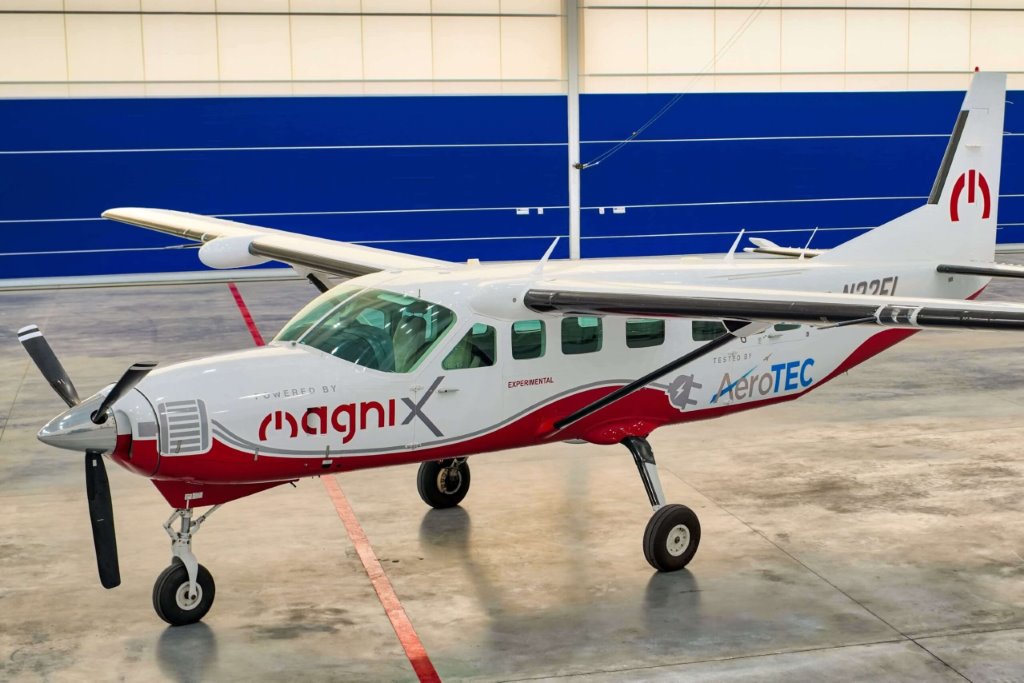
The eCaravan could be adapted to seat up to nine passengers, but during its historic test flight it carried only the pilot, reducing weight and complexity while validating the core propulsion system.
At first glance, electric aircraft appear to face an almost impossible challenge when compared to conventional aviation. The core issue is energy density. Jet fuel contains vastly more energy per kilogram than today’s lithium-ion batteries. While modern batteries may reach around 250 watt-hours per kilogram, aviation fuel delivers roughly 12,000 watt-hours per kilogram.
That disparity explains why fully electric long-haul aircraft remain out of reach. Batteries are not only heavier for the same energy output, they are also physically bulky and difficult to integrate into airframes designed around liquid fuel tanks. Traditional aircraft benefit from the fact that fuel weight decreases as it is burned, making the aircraft lighter during flight. Batteries, by contrast, weigh the same whether fully charged or completely depleted.
Electric propulsion systems do offer efficiency advantages. Electric motors waste less energy as heat and can convert a higher percentage of stored energy into thrust. Even so, current battery technology leaves electric systems at a major disadvantage when range and payload are critical.
Aerospace engineers have calculated what this means in practice. For a large passenger aircraft such as the Airbus A380, replacing fuel with batteries would reduce its range from roughly 15,000 kilometers to around 1,000 kilometers. Maintaining its original range would require batteries so heavy that the aircraft would be unable to take off.
These physical realities shape where electric aviation can succeed first.
Rather than targeting long-haul jets, most experts agree that electric propulsion will first gain traction in smaller aircraft operating short routes. Regional planes, commuter aircraft, and specialized utility platforms offer a realistic starting point. These aircraft fly shorter distances, carry fewer passengers, and operate from smaller airports, where charging infrastructure can be developed more easily.
Engineers are actively working on electric and hybrid aircraft designs capable of carrying dozens or even hundreds of passengers over limited distances. One widely discussed goal is a fully electric aircraft with around 180 seats capable of flying approximately 500 kilometers. Such a plane would be well suited for dense regional routes, such as short international hops or busy domestic corridors.
Low-cost airlines have shown particular interest in these designs. Short-haul flights make up a large share of aviation emissions, and replacing even a fraction of them with electric aircraft could significantly reduce the industry’s environmental footprint. Hybrid aircraft, which combine electric motors with conventional engines, are widely seen as a practical stepping stone. These designs reduce fuel burn while avoiding the range limitations of fully electric systems.
By the late 2020s or early 2030s, many analysts expect hybrid electric aircraft with around 50 seats to enter service. These planes would rely on batteries for part of their propulsion while retaining combustion engines for takeoff, climb, or extended range.
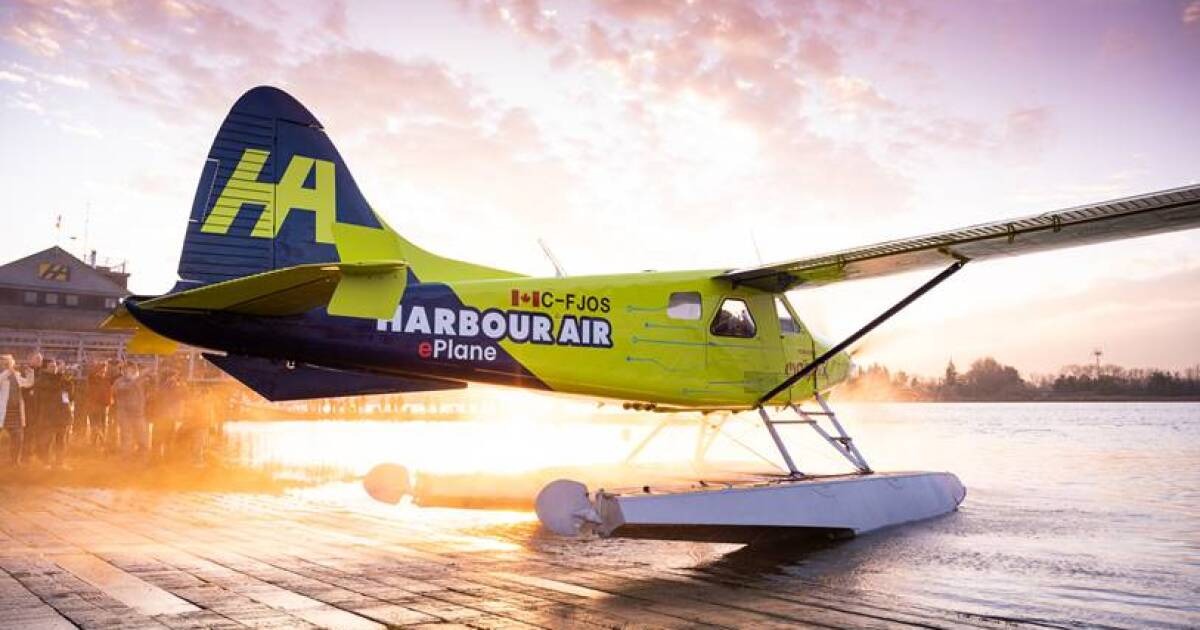
The world’s first fully electric commercial seaplane took flight in late 2019, demonstrating that electric propulsion could move beyond land-based runways and into real commercial environments.
One of the most ambitious hybrid projects in recent years was the E-Fan X program, a collaboration between Airbus, Siemens, and Rolls-Royce. The concept involved modifying a four-engine regional jet so that one of its engines would be replaced with a powerful electric motor producing two megawatts of power.
Although the project was ultimately canceled before flight testing, it yielded valuable insights. Engineers gained firsthand experience with the challenges of integrating high-voltage electrical systems into large aircraft. Components such as generators, power cables, and switching systems had to be redesigned entirely to meet aviation safety standards.
High-voltage electricity behaves differently at altitude, placing additional stress on insulation and increasing fire risk if not properly managed. Designing systems that could operate safely in thin air, extreme temperatures, and constant vibration proved far more complex than adapting ground-based electrical technology.
Despite the cancellation of the E-Fan X flight program, its technology continues to influence ongoing research into hybrid propulsion and power distribution.
Rolls-Royce and other manufacturers continue to explore electric aviation at smaller scales. One example is the ACCEL program, a fully electric experimental aircraft designed to push speed and performance limits rather than passenger capacity. The aircraft aims to demonstrate what electric propulsion can achieve when weight and payload constraints are minimized.
At the same time, researchers are reconsidering aircraft architecture itself. Instead of relying on a small number of large engines, future designs may use many smaller electric motors distributed across wings or fuselages. This approach could reduce drag, improve efficiency, and provide redundancy in case of motor failure.
Distributed propulsion also aligns naturally with electric systems, which can be scaled and controlled with high precision. Several experimental designs, including those associated with Wright Electric and other startups, are exploring how this concept could reshape aircraft design from the ground up.
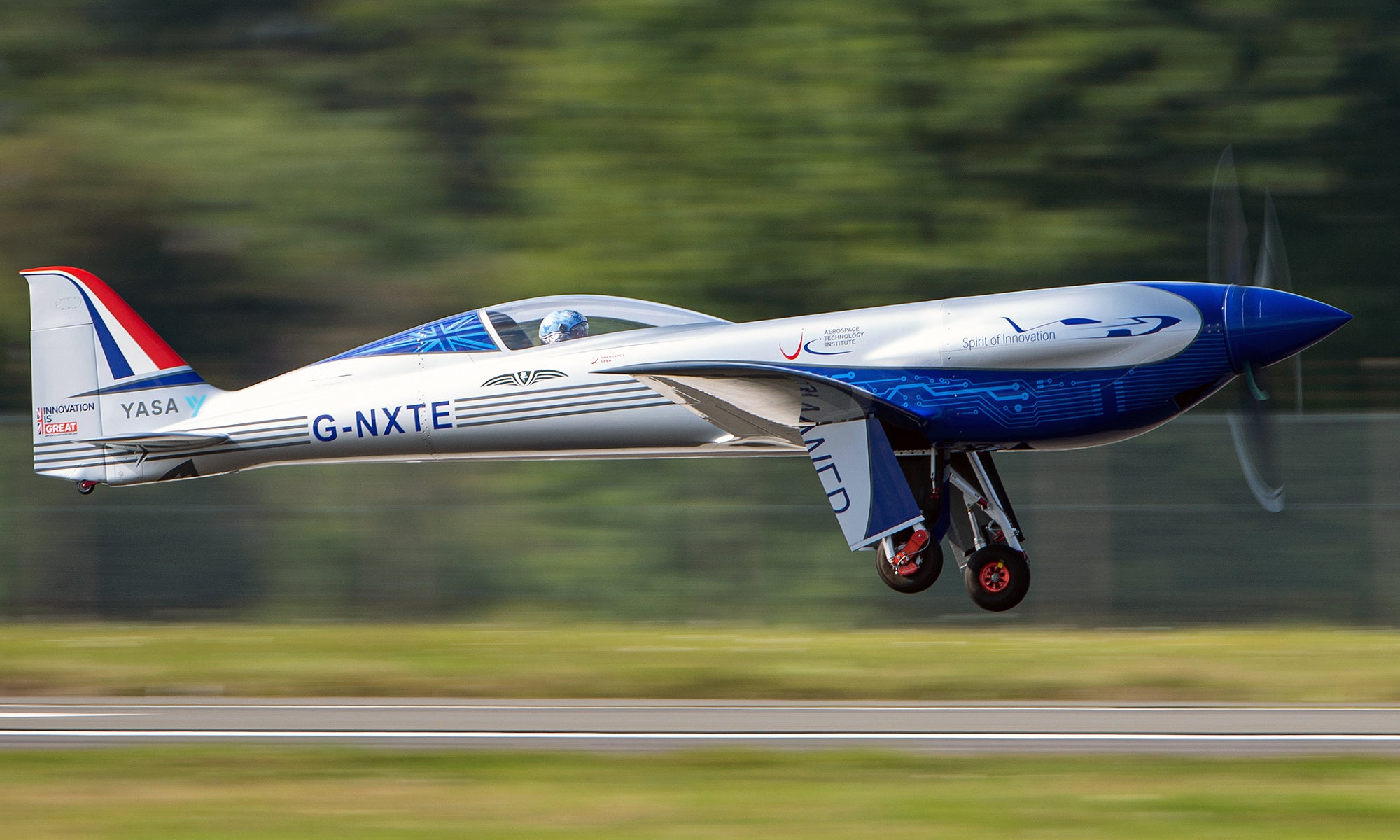
Rolls-Royce’s ACCEL aircraft represents a different path for electric aviation, focusing on performance, speed, and technological demonstration rather than immediate commercial use.
Beyond batteries, other technologies are also being considered to reduce aviation emissions. Sustainable biofuels offer a drop-in replacement for conventional fuel but face challenges related to supply, cost, and environmental trade-offs. Hydrogen propulsion promises clean combustion or fuel-cell power but introduces major storage and infrastructure challenges due to hydrogen’s low density and large volume requirements.
Each alternative comes with compromises. Batteries struggle with energy density, hydrogen requires radically new aircraft layouts, and biofuels raise questions about land use and lifecycle emissions. As a result, most experts see the future of aviation as a gradual transition rather than a single breakthrough.
Electric aircraft like the eCaravan occupy a crucial role in that transition. They provide real-world test beds where engineers can refine motors, batteries, cooling systems, certification pathways, and operational procedures. While they may not carry holidaymakers across oceans, they demonstrate that electric flight is no longer theoretical.
For now, electric aviation’s greatest impact will likely be felt in short routes, cargo operations, training aircraft, and niche commercial services. Each successful flight expands the boundaries of what is possible, bringing the industry closer to cleaner skies—one carefully measured step at a time.


